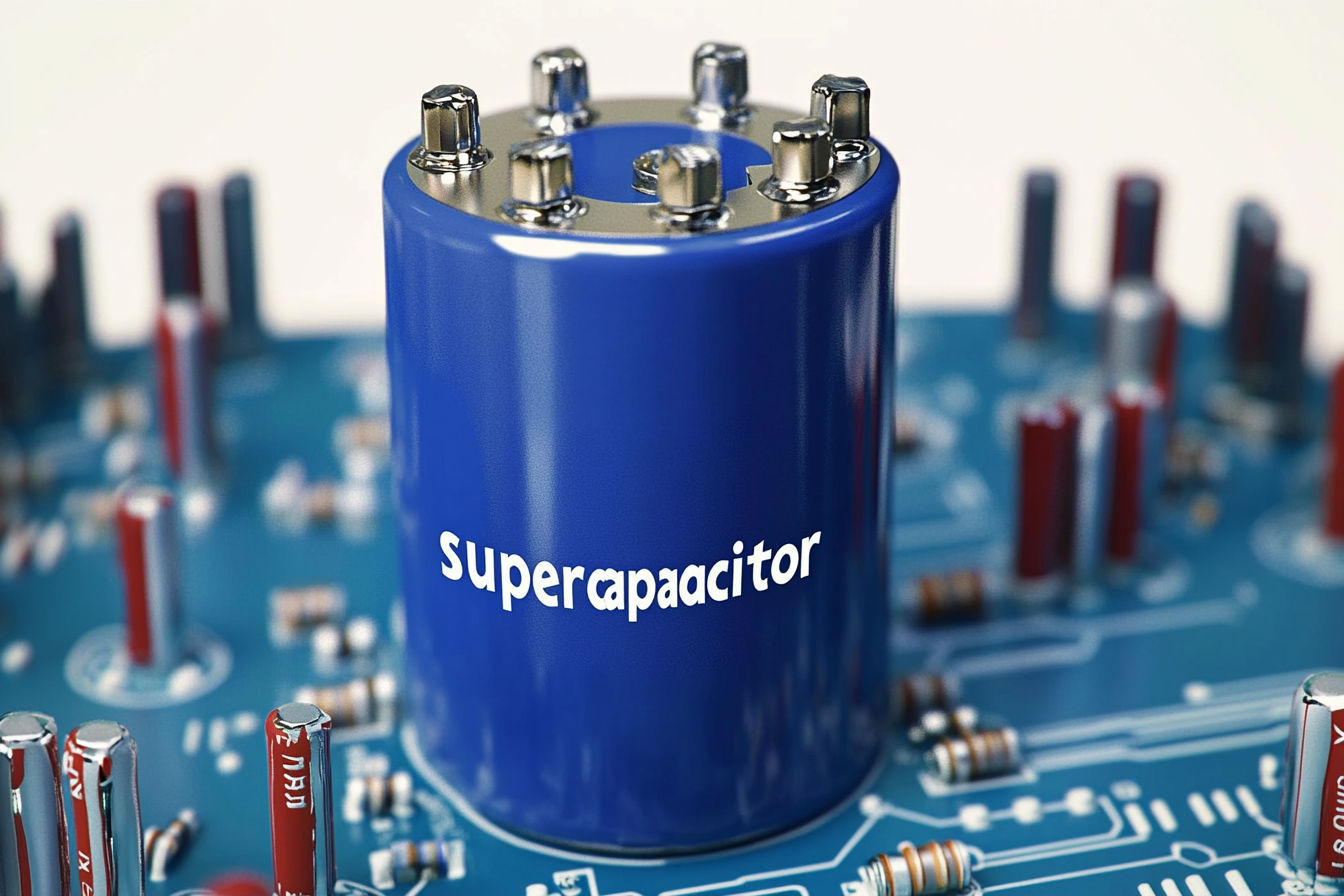Polarized capacitors are capacitors with a clearly defined positive (anode) and negative (cathode) terminal. Common examples include electrolytic capacitors and tantalum capacitors. The electrode materials, electrolytes, and internal structure of these capacitors require them to be connected with the correct polarity.
If the polarity is reversed, it may lead to internal short circuits, electrolyte leakage, electrode corrosion, or even capacitor explosions in severe cases.
Non-polarized capacitors, on the other hand, are capacitors that do not have a distinction between positive and negative terminals. Common examples include ceramic capacitors and film capacitors. Their electrode materials, electrolytes, and internal structure allow them to be connected in either direction in a circuit, without the need to distinguish between positive and negative terminals.
These capacitors can be used in DC circuits, meaning that their function is unaffected regardless of how the polarity is connected.
So, is a commonly used supercapacitor a polarized or non-polarized capacitor?
Supercapacitors are generally polarized capacitors, and this is determined by their construction and working principle.
A supercapacitor typically consists of a positive electrode and a negative electrode separated by an electrolyte. When an external voltage is applied, the positive plate becomes the anode, and the negative plate becomes the cathode, allowing the capacitor to store charge.
Due to the similarities in construction and operating principles between supercapacitors and polarized capacitors, along with the fact that supercapacitors often have polarity markings on their casing (e.g., “+” and “-” symbols or different lead lengths), supercapacitors are considered polarized capacitors.
Dongguan Zhixu Electronics (also JYH HSU, short for JEC) offers a comprehensive range of supercapacitor models with guaranteed quality and reliable after-sales support. Our products are certified under the ISO9001:2015 quality management system, and we provide a full range of safety-certified components, including safety capacitors (X and Y capacitors), varistors, ceramic capacitors, film capacitors, and supercapacitors that meet low-carbon standards.
Post time: Dec-23-2024

